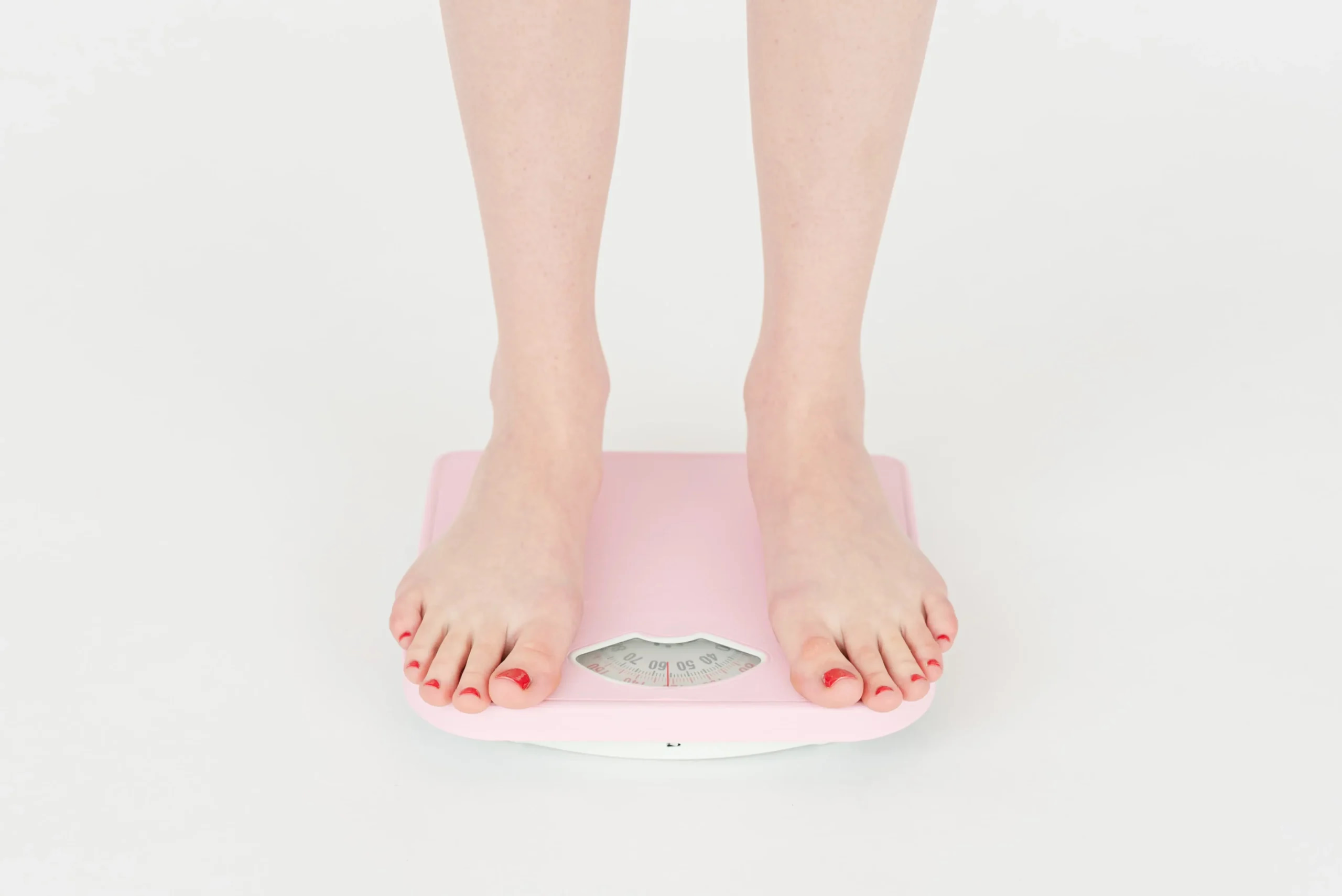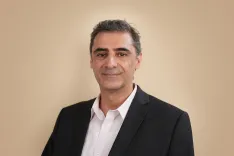Treatments for Obesity: Features and differences
Being overweight and obese has been proven to have very harmful effects on our health. Gaining weight is easy, but losing it is a whole different story. Maintaining an ideal weight is not just an aesthetic issue, but also a matter of health. Being overweight and obese has been shown to have seriously negative impacts on our well-being. It's easy to gain weight, but shedding it is another world entirely. You can follow diets, exercise, and adopt new eating habits — and still not achieve the desired results. That's why today we're bringing you three treatments for obesity that can help you reach your goal.
We often use the terms obesity and overweight as synonyms, but they are not the same. To understand the difference between the two, we need to understand what the Body Mass Index (BMI) is. Not all bodies are the same. For example, a person who is 1.80 meters tall weighing 80 kg is not the same as someone who is 1.50 meters tall weighing the same. That’s why obesity and overweight are not calculated based solely on weight, but rather in relation to height.
The Body Mass Index (BMI) is the ratio that links weight to height. To calculate it, you divide a person’s weight in kilograms by the square of their height in meters. A normal weight is defined when the BMI is between 10 and 20 in men and between 15 and 25 in women.
It is considered overweight when the BMI is between 20–25 in men and 25–30 in women. Finally, a man with a BMI over 25 or a woman with a BMI over 30 is considered to have obesity and, if unable to reduce their weight naturally, should consider seeking a treatment for obesity.
Health problems caused by obesity
As we’ve mentioned, obesity is not just an aesthetic issue — it’s a serious health concern. This condition can lead to various health problems, including diabetes and heart disease.
Some of the main health issues related to obesity include:
- High blood sugar, which can lead to diabetes
- High blood pressure (hypertension)
- High cholesterol levels
- Heart attacks, potentially caused by heart disease, heart failure, or stroke
- Respiratory problems such as sleep apnea
- Joint and bone issues
- Decreased physical function
In addition to these risks, obesity is also associated with a lower overall quality of life, which can lead to psychological issues.
Obesity Treatments
There are several ways to lose weight naturally changing your diet, exercising, etc. Even so, it can sometimes be complicated. Obesity treatments do not exempt you from making changes to your diet and leading a more active life, but they give you a push to help finish rounding off the numbers.
When performed in professional clinics, such as Clínica EGOS, in addition to the procedure itself, your obesity treatment will also be accompanied by professional follow-up by nutritionists and psychologists, who will help you better understand yourself and improve your habits.
The three main treatments for obesity are:
Endoscopic Sleeve, Bariatric Surgery, and the Gastric Balloon.
If you have questions about what each of them involves, we’ll explain them to you.
Endoscopic Sleeve (Endomanga)
The endomanga is one of the treatments for obesity. It consists of reducing the stomach through an endoscopic device, meaning without surgery. The objective of reducing the stomach’s capacity is to create a greater feeling of fullness when the person eats after undergoing the treatment. With this treatment, a weight loss of about 25 kilos can be achieved.
The procedure lasts about 30–35 minutes and requires a 48-hour recovery. After this period, specialist follow-up will be provided to ensure that healthy guidelines are being followed to achieve the best possible results. In the first few days after the procedure, a liquid diet must be followed, and as time goes on, solid foods will gradually be added to the diet.
The endomanga is one of the least invasive obesity treatments, since it is done endoscopically. Even so, we must emphasize that it is very important to change your lifestyle, both in terms of diet and physical activity.
The Gastric Balloon is another treatment for obesity. Like the endoscopic sleeve, it is performed endoscopically.
In this case, the gastric balloon involves inserting a silicone balloon into the stomach of the patient. The result of placing the balloon is a reduced sensation of hunger. The procedure lasts about 30 minutes. The balloon remains in the stomach for six to twelve months, after which it is removed. During the treatment period, a reeducation of eating habits and lifestyle is carried out with nutritional, psychological, and medical support.
Bariatric Surgery | Obesity Treatments
Bariatric surgery is another obesity treatment, consisting of a surgical procedure aimed at reducing the stomach. The procedure anatomically, functionally, and metabolically modifies the patient's digestive system to help them lose weight.
- There are different types of procedures, which are selected based on a prior study of the patient. To determine which is best for each individual, eating behavior, psychological profile, and clinical characteristics are assessed.
- Based on the results of this study, there are three types of bariatric surgery techniques used as treatments for obesity:
- Restrictive techniques: These reduce the size of the stomach, while the rest of the digestive functions remain unchanged.
- Malabsorptive techniques: These decrease nutrient absorption. This is achieved by modifying the digestive tract, aiming to reduce the surface area where food comes into contact with the intestinal linings capable of absorbing nutrients.
- Mixed techniques: These combine both restrictive and malabsorptive elements.
After undergoing this treatment for obesity, specialists will recommend different diets and exercises to help you change your habits and achieve long-lasting results.
Consult an expert to find out which obesity treatment is best for you.
Each of these obesity treatments has its own characteristics, and therefore, depending on the person, one may be more suitable than another. All of these treatments must be supervised and approved by a specialist.
Having a professional team is a key factor in achieving your goals. At Clínica EGOS, we offer you a 360º team that will accompany you throughout the entire process not only to help you lose weight, but also to help you transform your lifestyle into a healthier one.


